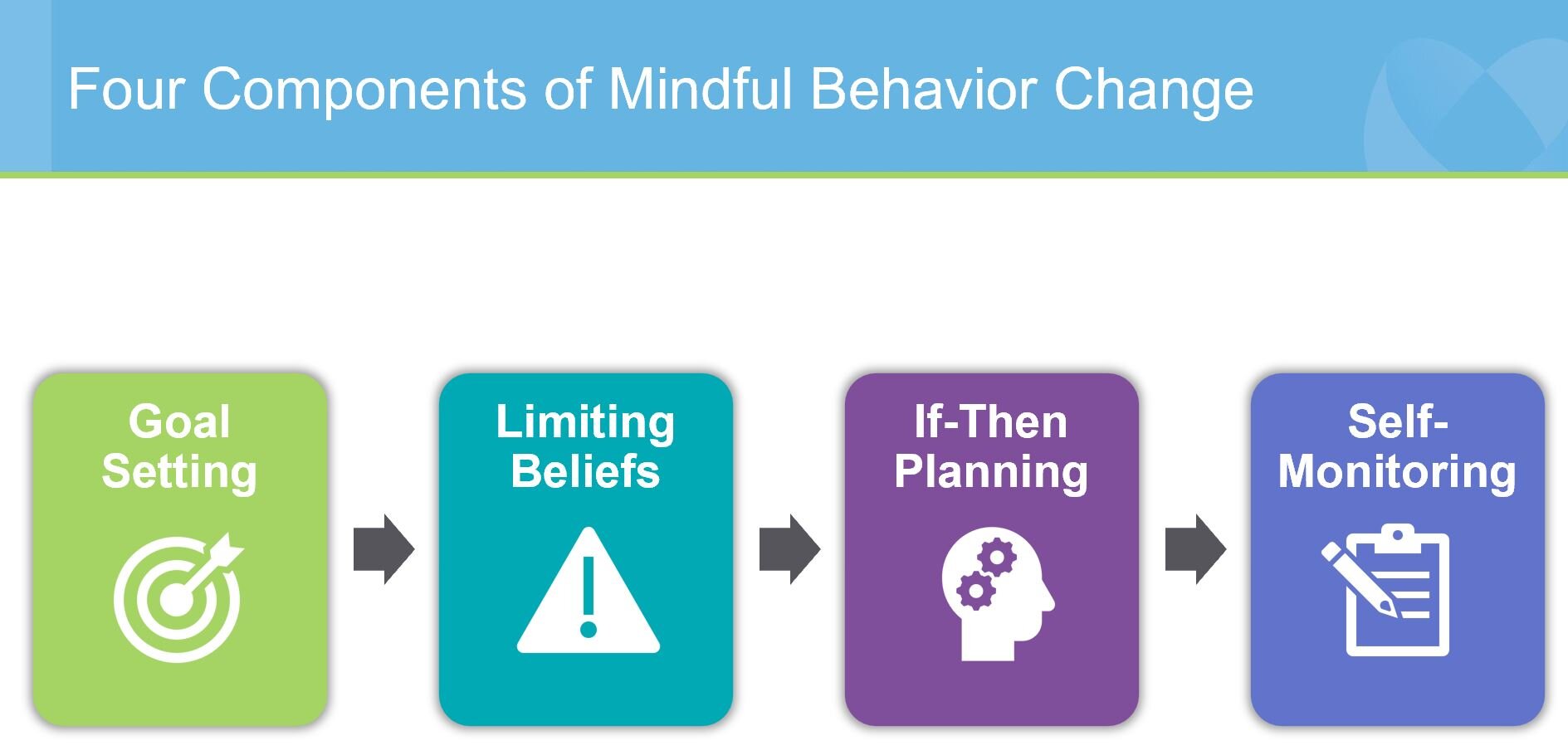Creating Healthy Habits - Part 1: A New Approach
Many of us are dealing with unhealthy habits that we started during the pandemic. Even though we know what we need to do to make changes, we are finding it challenging to commit to healthy habits. We continue to "stress eat." We have a hard time maintaining a regular sleep routine. And with limits on when and where we can engage in physical activity, we have become less active. It's more than halfway through 2021, and many of us have given up on the goals we set for ourselves at the beginning of the year.
We often think that our lack of success is caused by our lack of self-control or willpower. It is easy to see why we think that way. Most of us have experienced our willpower failing us when we needed it most, such as when we are tired or stressed. This leads to feeling like we have failed and are doomed to accept our unhealthy behavior.
Don’t give up yet! There is another way to get your healthy behaviors back on track. Scientific evidence suggests that there is an alternative approach to successfully changing our behavior: mindful behavior change. Over the next few weeks, I will
describe the process of mindful behavior change in terms of four simple components:
Goal Setting
Limiting Beliefs
If-Then Planning
Self-Monitoring
Before we begin this journey, however, it might be helpful to understand the basics of how habits are formed.
What is a Habit?
A habit is a behavioral pattern that we regularly repeat and appears to occur unconsciously. Examples might be brushing our teeth, driving a car, washing dishes, putting on our shoes, etc. It's one of dozens of things we do each day without conscious thought - it's as if we are on automatic pilot. Research shows that habits represent approximately 45% of everyday behaviors and tend to be repeated in the exact location almost every day (Neal et al. 2016).
Habit Loop
Creating a good habit is a fundamental challenge for all of us. The good news is that once a good habit is formed, it can be performed without conscious thought, making that behavior automatic. The bad news is this is true for harmful or unwanted habits as well, making them exceedingly difficult to break or modify.
Understanding how habits are formed is the foundation for making behavior changes. Utilizing this approach means that you do not need to rely on willpower alone. The idea that one simply needs more willpower to succeed in changing our behavior is suboptimal. We know willpower wears out over time and in times of stress. For example, how many times have you resolved not to eat that cookie after a bad day? But then you find that's all you can think about.
Making intentional choices begins with learning how to manage triggers in our environment and triggers from within. The Habit Loop demonstrates that constant cues in our environment set the stage for self-regulation failures leading to a lack of behavior change. Once we understand how habits are formed, we can start to work to change our behavior instead of reinforcing unwanted behaviors.
Want more tips to live a healthier and happier life? Check out Saundra’s latest book here.
Getting Started: Pay Attention to Your Triggers
Next week I will describe how mindfulness impacts the Habit Loop to help you create healthy habits and stop unwanted ones. In the meantime, utilize the Habit Loop graphic above over the next few days to observe triggers in your environment that might lead to undermining your desire to make changes. For example, does coming home from work trigger you to reach for a glass of wine, or does watching TV prompt you to seek a snack? Pay attention to these triggers that precede your unwanted behavior. It can be something in your environment or thoughts or feelings. Having an awareness of environmental and internal triggers is a foundational step toward making changes that stick. As we move through the next few blogs, it will be helpful to have these triggers in mind.
References
Neal, D. T., Wood, W., & Quinn, J. M. (2006). Habits—A repeat performance. Current Directions in Psychological Science, 15, 198 –202. http://dx.doi.org/10.1111/j.1467-8721.2006.00435.x




